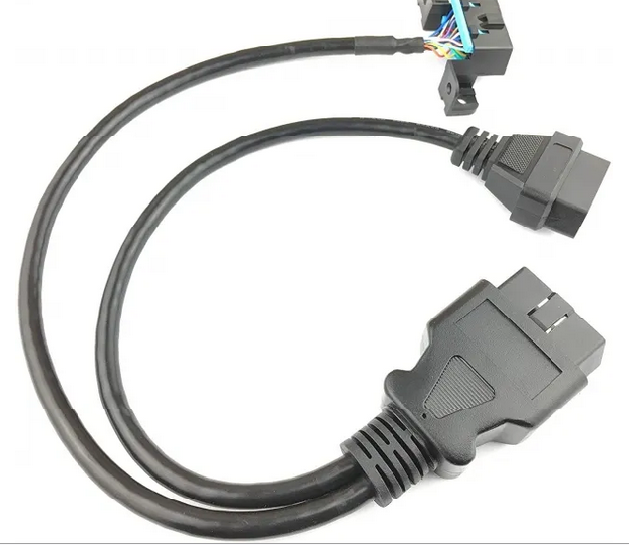A Reliable Source to Buy J1939 to OBD2 & J1939 Cable
A higher-layer protocol built on the Controller Area Network is J1939 cable (CAN). In any type of heavy duty vehicles, it enables serial data transfers between microprocessor systems (also known as Electronic Control Units, or ECU). Data like vehicle road speed, torque control messages from the gearbox to the engine, oil temperature, and many other pieces of information can be sent back and forth between these components in messages.
The preferred vehicle network technology for off-highway machinery in industries including forestry, material handling, and construction machines is SAE J1939 cable, which has evolved into an established industry standard. The second generation of on-board self-diagnostic technology required for light- and medium-duty State cars is called OBD 2, or On-Board Diagnostic 2. J1939 to OBD2 is an adapter that joins an OBD2-style 16-pin connector to the circular Deutsch 9-pin connector on the J1939 test equipment side (female vehicle side - mates with an OBD2 test connector).
The power and ground lines are also connected, as well as the J1939 +/- data lines and CAN +/- lines. With the proper software, this adapter enables an OBD2 scan tool to connect to the J1939 round connector. The majority of OBD2 programmes and scanners rely on reading PIDs, which are single parameters. The PGN-based J1939 protocol has numerous parameters in each PGN. If you want to use this adapter, your scan tool needs to be able to handle PGNs.
J1939 cable employs the enhanced (29 bit) identification of CAN 2.0B. The priority (3 bits), reserved (1 bit), data page (1 bit), PDU format (1 byte), PDU specific (1 byte), and source address make up the CAN identifier (one byte).
The SAE J1939 is used for off-road vehicles with diesel engines, while the FMS is used for commercial trucks or buses. The On-Board Diagnostics, Second Generation (OBD-II) is primarily used for small car information. Yasoncable is the best to purchase J1939 to OBD2 & J1939 Cable. For more information visit the website.

